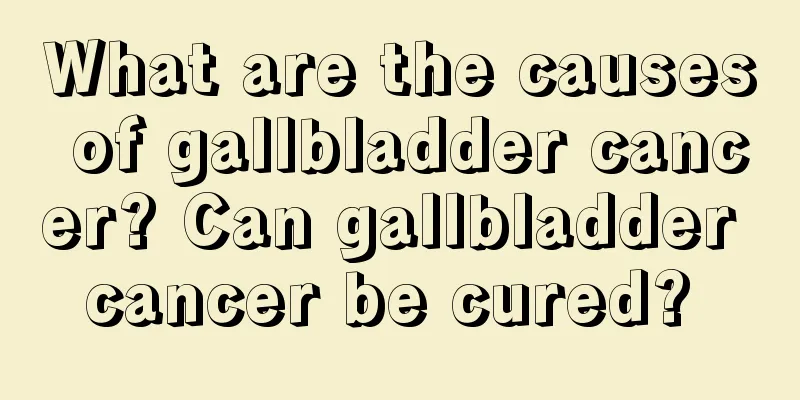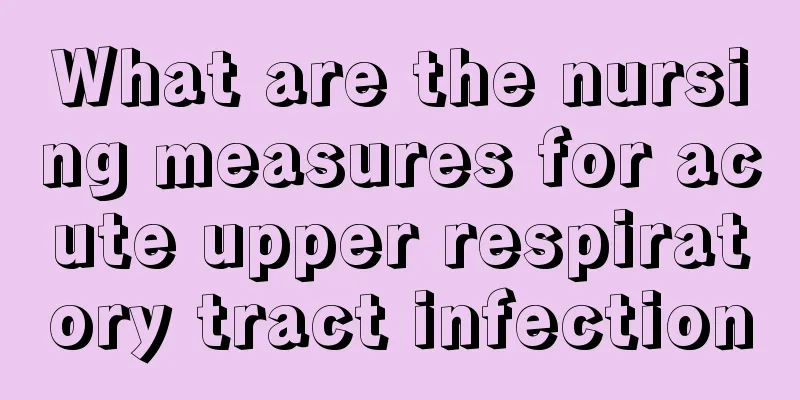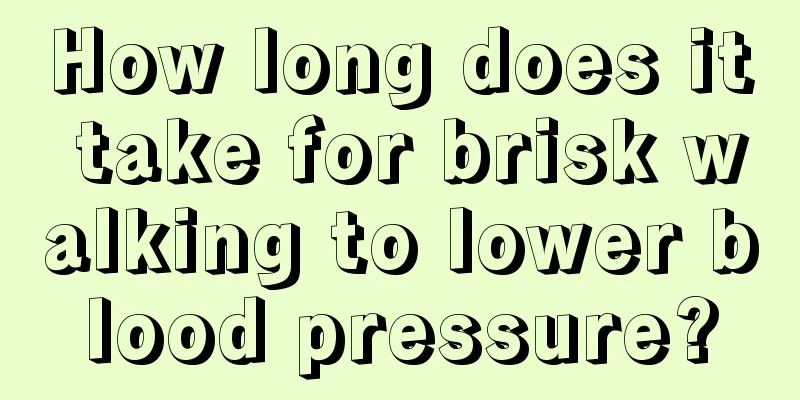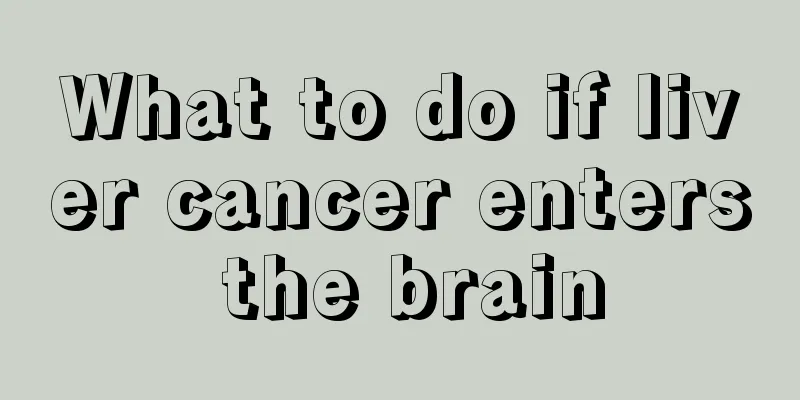Can kidney cysts cause low back pain?
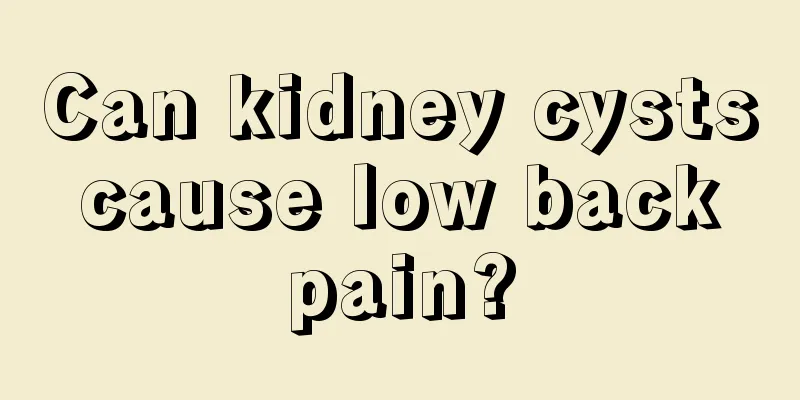
|
Renal cyst is a relatively serious disease and patients may experience pain in the kidney area. Patients with renal cysts must pay attention to their diet and lifestyle habits, and go to the hospital for diagnosis and treatment in time. In severe cases, cysts can even lead to uremia, so we need to pay enough attention to it and understand the health of our body. So, can kidney cysts cause lower back pain? 1. Pathogenesis Simple renal cyst is not a congenital or hereditary kidney disease, but an acquired one. It is generally believed that simple renal cysts originate from renal tubular diverticula. As age increases, the number of renal tubular diverticula increases. By the age of 90, the number of diverticula in each collecting duct may reach three, thus explaining the increasing trend of the incidence of simple renal cysts with age. The cysts may be unilateral or bilateral and may be one or more. It is usually located in the deep layer of the cortex or medulla, with a diameter of about 2 cm, but there are also cysts with a diameter of up to 10 cm. Microscopically, the cyst wall is covered by a simple layer of squamous epithelium. The cyst contents are similar to plasma filtrate, and the cyst fluid turnover rate is as high as 20 times a day. 2. Clinical manifestations Simple renal cysts generally have no symptoms, but corresponding symptoms may occur when the cyst compression causes vascular occlusion or urinary tract obstruction. This disease is often discovered during urinary tract imaging examinations due to other diseases. In recent years, more and more health examinations have included abdominal B-type ultrasound examinations, and the detection rate of simple renal cysts has increased. It was originally believed that simple cysts did not affect renal function. However, image analysis of renal CT examinations showed that after correction for age, gender, primary kidney disease, etc., patients with renal cysts had higher blood creatinine levels than those without renal cysts, and the more cysts there were, the higher the blood creatinine level. This result suggests that simple renal cysts may affect renal function. 3. Inspection The diagnosis of simple renal cysts mainly relies on imaging examinations, such as B-mode ultrasound or CT examination. 4. Diagnosis The diagnosis of simple renal cysts mainly relies on imaging examinations. 5. Differential diagnosis The presence of cysts in the renal parenchyma needs to be differentiated from the following diseases: ① necrosis and liquefaction of solid renal tumors; ② canceration on the basis of renal cysts, which is extremely rare; ③ autosomal dominant polycystic kidney disease. 6. Treatment Since simple renal cysts are mostly asymptomatic and have little effect on renal function and surrounding tissues, they do not require treatment and only require follow-up for 6 months to 1 year. If the cyst is large in diameter, exceeding 5 cm, or produces symptoms of compression of surrounding tissues, causing urinary tract obstruction, cyst fluid aspiration and intracystic injection of sclerosing agent are required. If the cyst is large, with a diameter greater than 10 cm, surgery may be required. |
<<: Is cupping useful for lower back pain
>>: Sudden back pain, can't bend over
Recommend
Prostate cancer prevention and treatment at home
Prostate cancer is also a very common male reprod...
Can rectal cancer cause painful bloody stools?
Rectal cancer may cause blood in the stool and pa...
How to open sparkling wine
Sparkling wine is a delicacy that has been passed...
What will happen if you eat peaches during confinement?
There are many things to pay attention to during ...
What to eat for ulcerative colitis, 4 kinds of health-preserving porridge
Diarrhea in people with ulcerative colitis can co...
Should wisdom teeth with decay be extracted or filled? It turns out that this is how it should be treated
After tooth decay occurs, many patients think tha...
How long can frozen sea crabs be preserved
Many people like to eat crabs in life, but someti...
What are the dangers of lung cancer recurrence
It is unfortunate to have lung cancer, but what h...
Will the red blood streak heal itself?
In fact, it’s not just the eyes that have red blo...
What is estrogen?
Hormones are one of the three essential ways to r...
What are the common types of prostate cancer? Introduction to the four types of prostate cancer
Prostate cancer is currently one of the most comm...
Will thyroid cancer recur if thyrotropin is low?
Thyroid cancer with low thyrotropin generally doe...
What are the methods for treating anxiety disorders
Nowadays, people are always busy making money to ...
Conditions for conception
Having children is a way for humans to reproduce,...
Is it normal for a six-month-old baby to suck his fingers?
Many people have had the experience of sucking th...



